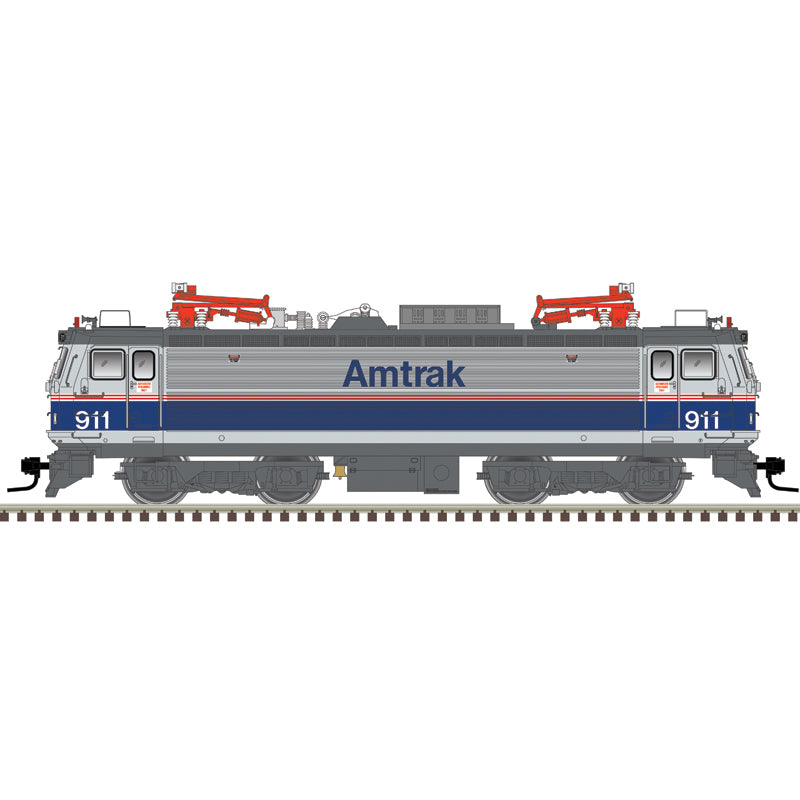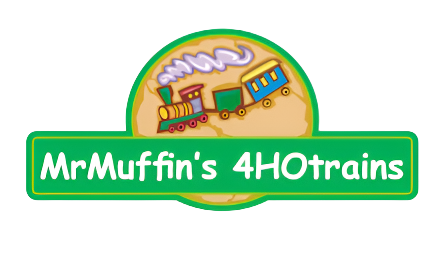Atlas HO 10004650 - Master - Gold Model - AEM-7 Diesel Locomotive "Amtrak Phase V" #924 (no Travelmark)
Atlas HO 10004650 - Master - Gold Model - AEM-7 Diesel Locomotive "Amtrak Phase V" #924 (no Travelmark)
SKU:AHO-10004650
Couldn't load pickup availability
FEATURES:
• Operating pantographs
• Die-cast chassis
• Dual flywheels
• Operating head lights and marker lights which are directional
• Full cab interior with painted crew members
• Separately-applied wire grab irons
• Astounding roof detail
• Gold versions will be equipped with ESU sound
Atlas Master™ Series Gold Additional Features:
• Supports all DCC-programming modes
• Flexible mapping of function keys F0 to F31 .
• Follows all NMRA DCC standards and recommended practices.
ESU LokSound Functionality Features:
• Over 20 sound effects are available, including engine start-up and shutdown, prime mover sounds through
all eight notches, bell, air horn, air compressor, dynamic brakes and more.
• There are 16 user-selectable horns, 2 user-selectable bells, and 2 user-selectable synchronized brake squeals.
• Manual & Automatic Notching modes with the ability to change modes ”on the fly” are provided for true realism.
Overview:
In the mid-1970s Amtrak was looking for a suitable replacement for the famed GG1 electric locomotives which had been in service since the mid- 1930s.
The approved design for what became the AEM-7 was from a Swedish company, ASEA, and was built starting in 1978 by EMD, utilizing original bodies
by Budd, with the remaining components imported from Sweden. Amtrak’s original order for 47 units was delivered between 1980 and 1982, with an
additional seven in 1988. By the early 90’s, a variant of this locomotive, the ALP-44, was produced for New Jersey Transit. All units have since been
retired, but, like their GG1 predecessor, examples of both the AEM-7 and ALP-44 have been saved through donations to rail museums.
Over their years of service, Amtrak applied numerous paint schemes, and both Amtrak and NJT added ditchlights to their units, which are featured in this
release. The alternate history PRR “heritage scheme” is an adaptation of the original pre-Lowey GG1 design from 1934, and is included as an homage
to the history of electric locomotive power.


